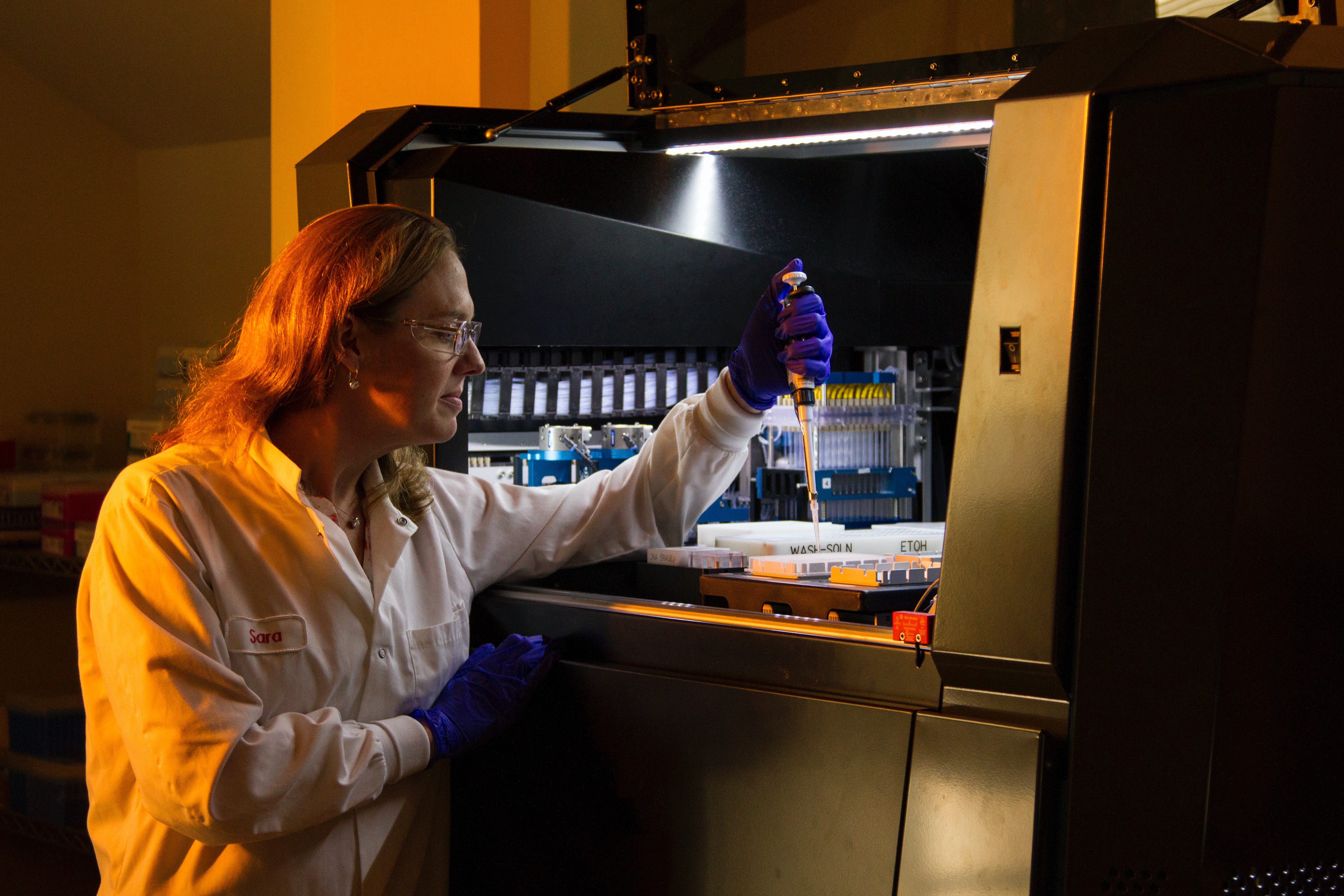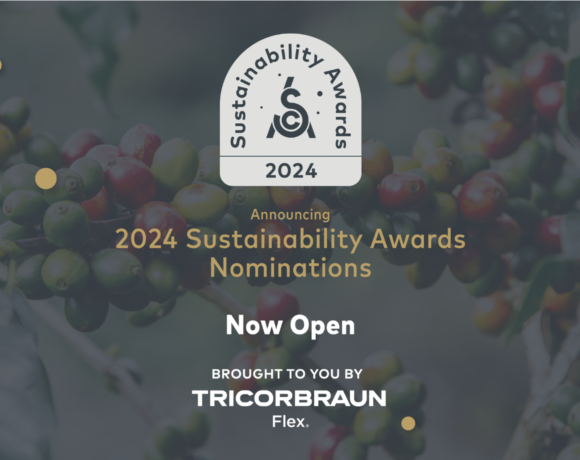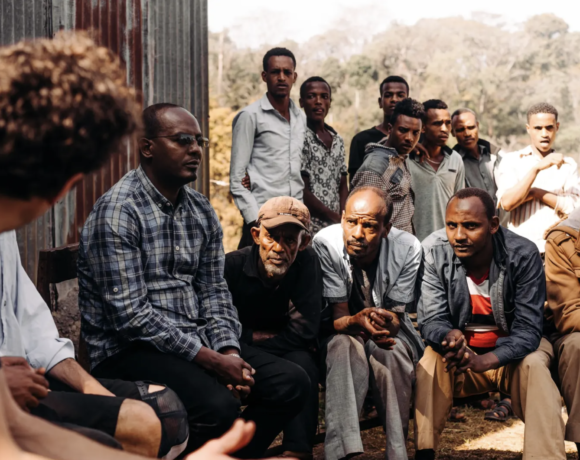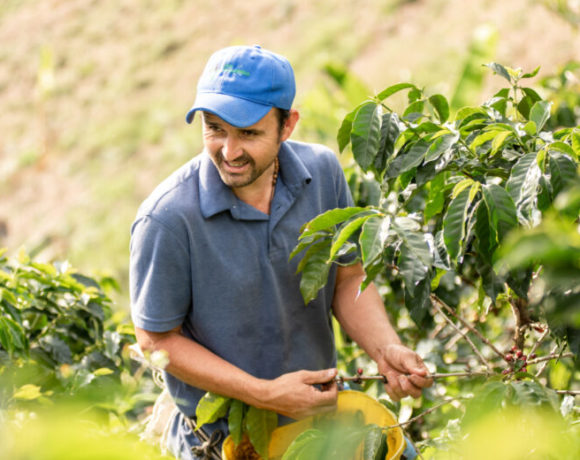Coffee, one of the world’s most beloved morning drinks and a major agricultural crop in many countries, is facing a crisis like many other agricultural products. Climate change is causing unpredictable weather conditions that are making it increasingly difficult for coffee farmers to thrive. The increasing demand for “sustainable coffee” has put immense pressure on those who grow and harvest it, resulting in an urgent need to secure the future of this vital industry. One possible solution towards achieving this goal lies in genetic diversity and gene banks; conservation strategies that can help protect coffee crops from extreme weather events such as floods and droughts, while also ensuring the integrity of its flavor profiles. By preserving various varieties of wild or native coffees, as well as hybrids that have been developed over time, these gene banks provide a safety net against the ever-changing conditions coffee farmers must contend with.
Regenerative farming is another potential solution that’s gaining interest, as it offers a holistic approach to tackling the coffee crisis. This type of agriculture goes beyond organic and sustainable farming in that it focuses on rebuilding soil health and restoring ecosystems by incorporating practices like cover cropping, composting, crop rotation, and no-tillage farming. Besides improving the quality of the soil for future crops, regenerative agriculture also helps increase water retention in dry regions where drought is increasingly a problem.
We decided to explore these two solutions further and learn more about the implications they have for coffee farmers; to understand what it would take to implement them, and how it could help in tackling the coffee crisis.

Preserving Coffee Genetic Resources
Within the walls of the Tropical Agricultural Research and Higher Education Center (CATIE) in Turrialba, Costa Rica lies a gene bank of nearly 2,000 varieties of coffee seeds — one of the most important institutions to the future of coffee production. A few years ago, World Coffee Research and Global Crop Diversity Trust (Crop Trust) formed a Global Conservation Strategy for Coffee to protect coffee’s genetic resources from being lost at a rapid rate.
Gene banks house seeds from an extensive assortment of varieties, including active and inactive varieties. Gene banks catalog and conserve these varieties, and share them with plant breeders and farmers. Plant breeders cross-breed different varieties to attempt to develop new varieties that can survive in harsh climate conditions or other future challenges, such as the emergence of a new disease. Farmers can request samples of crops to see how they fare under conditions on their farms.
The total world market for coffee is estimated at over US$173 billion by the International Coffee Organization. The coffee value chain provides livelihoods for an estimated 125 million people in over seventy countries. However, those who produce coffee have seen climate-related factors, such as higher temperatures, droughts, and diseases, decrease yields and quality. Gene banks have helped to preserve the diversity and vibrancy of coffee.
While most grain crops are frozen in order to preserve them for hundreds of years, coffee is a tropical crop that must be preserved in expensive “field” gene banks. These gene banks house row after row of coffee trees, which are called accessions. Maintaining these gene banks is incredibly expensive. Sarada Krishnan, director of horticulture and the Center for Global Initiatives at the Denver Botanic Gardens, is leading World Coffee Research’s Global Conservation Strategy for Coffee. The strategy has two main goals: to shore up funding and resources for key coffee gene banks and ensure accessibility of bank resources.
According to the article, “Good Genes: Genetic Diversity And The Future of Coffee” (Fresh Cup Magazine, 2017), many of the vital gene banks that safeguard coffee are facing hardship, resulting in some of their valuable genetic resources being lost as trees go unmaintained and die. While CATIE and other Latin American gene banks have relatively advanced operations, they still lack the necessary funds to keep all their facilities running, leading to the loss of trees each year. “A lot of the countries that hold these gene banks are resource-poor countries, and when the government doesn’t see immediate results coming out, then they don’t see the need to support them,” Krishnan says.
The Global Conservation Strategy for Coffee seeks to create a global database that facilitates access to information and coffee plants between gene banks and researchers and breeders. This strategy is not only beneficial for preserving the genetic resources of coffee, but also for providing farmers with more resilient varieties of crops in a changing climate. With more resources and cooperation, gene banks may provide a critical piece of the puzzle to help secure the future of coffee.

The Future of Coffee Farming Is Regenerative
Regenerative farming is a type of ecological agricultural practice that seeks to heal, rather than harm, the environment by restoring its resources and sustainability. This type of farming emphasizes the importance of soil health and an overall healthy ecosystem. By implementing regenerative practices such as cover cropping, composting, and no-till methods, farmers can increase organic matter in the soil, retain more water and nutrients in the soil, reduce evaporation from bare soils, and create better habitats for beneficial insects.
In coffee farming specifically, regenerative agriculture helps restore biodiversity in plantations and improve quality of life for both workers and their surrounding communities. It works to repair damaged ecosystems through crop rotation, mulching with organic materials such as leaves or grass clippings, composting food waste from nearby households or farms and planting nitrogen-fixing plants like legumes to increase soil fertility. Through this process farmers are able to produce higher-quality beans while also rejuvenating their local environments.
In 2010, Nestlé launched the Nescafé Plan program to address challenges concerning small scale coffee farmers’ yields, income, and quality of life. In 2018, Nestlé collaborated with the German development organization Gesellschaft für Internationale Zusammenarbeit (GIZ), as well as Philippine government agencies and local groups, to implement Project Coffee+.
This project aimed to educate farmers in regenerative agriculture and expand their operations by teaching them new techniques. According to the article “Regenerative Agriculture Is Shifting Paradigms For Coffee Farmers In The Philippines” (National Geographic, 2023), participants in the project saw an average increase of 64 percent in their yields and 45 percent in their incomes by 2021.
Farmers learn intercropping, a practice that improves soil biodiversity by growing vegetables alongside their coffee plants. They also learn agroforestry, the integration of trees with crops that helps protect the soil from erosion; cover cropping, a practice that makes use of ground-crawling crops which hold the topsoil together to help with soil nutrition; and composting. By learning these practices, farmers can improve their land’s productivity and yield.
The reNature foundation in The Netherlands leverages the power of regenerative agriculture to combat current global issues like climate change, poverty, biodiversity loss and food insecurity. They challenge the way farming is traditionally done and focus on creating diverse, regenerative systems on all scales. The team works diligently and collaborates with partners to develop insights about regenerative agriculture, impact monitoring, stakeholder engagement and more to make the case for regenerative agriculture around the world.
Together with one of their Brazilian partners, Eduardo Sousa from Tropicália, reNature has introduced a multi-strata agroforestry coffee system consisting of five species. This system has proven to be a success only six months after planting. According to Eduardo, the whole area around his farm Fazenda Pedra Preta has transformed completely.
“We now have around 4 hectares of arabica coffee, African mahogany, bananas, and different soil coverage species like macadamia. During this process, fauna and flora have gradually been re-integrated with the fields, bringing a diversity of insects, animals, and plants that cannot be found in monoculture areas. For these reasons, we see a better balance between our production with nature, bringing several benefits to our cultivation,” Eduardo says. reNature continues to partner with farmers worldwide in order to deliver three coffee-based agroforestry systems, including projects in Brazil and Rwanda.

In 2022, Mary Child, sustainability manager at Nespresso UK & ROI, wrote the article “Beyond Sustainability: Why The Future Of Coffee Farming Is Regenerative”, explaining that pilot projects in Africa have revealed that nature-positive techniques improve crop yields for farmers, reduce soil erosion, improve water retention, and positively impact biodiversity. The benefit is both a significant reduction in costs and an increase in productivity, strengthening farmer income, land restoration, food supply chain resilience and food security.
According to Child, since 2014, the Nespresso AAA Sustainable Quality Program has implemented agroforestry on coffee farms by planting 6 million trees. The planted trees act as carbon sinks, reinvigorate habitats, and aid in soil protection, temperature regulation and water replenishment for the coffee crop. This ensures consistent production of high-quality coffee that is economically valuable to farmers. By 2025, they plan to plant 12 million trees overall.
Partnering with farmers to identify their specific needs is crucial in order to tailor solutions for each coffee region. It is through these collaborations that regenerative agriculture can be integrated into global supply chains, and that farmers benefit from increased yields and incomes.
As the demand for sustainable goods increases, the coffee industry will continue to redefine itself with innovative sustainability approaches and initiatives. Regenerative agriculture holds tremendous potential to return degraded land back to productive soil while improving the livelihoods of coffee farmers around the world. It can help communities become more resilient in the face of climate change and ensure a better future for generations to come.
In conclusion, regenerative agriculture and gene bank conservation are two of the most important initiatives that should be taken in order to protect the future of coffee and promote sustainable development. Such initiatives can have a profound effect on global issues such as climate change, poverty, biodiversity loss and food insecurity. By taking steps and committing to invest in regenerative agriculture and gene bank conservation , we can all create a future worth drinking. Let’s make sure the coffee we drink today is still around tomorrow.












NO COMMENT